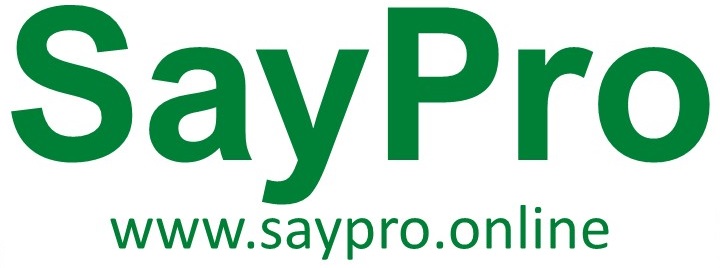Optimizing the user experience (UX) on the Erasmus+ program website is crucial for converting visitors into applicants. SayPro South Africa prioritizes UX design to ensure that students have an intuitive, efficient, and pleasant experience when navigating the website. The first step in optimizing UX is simplifying the website’s navigation. SayPro ensures that all essential information, such as application forms, eligibility criteria, and deadlines, is easy to access. By creating clear categories and a well-structured layout, students can find the information they need quickly, reducing frustration and increasing the likelihood of conversions.
SayPro South Africa also focuses on mobile optimization, ensuring that the Erasmus+ website is responsive and functions seamlessly on all devices. Since many students access information from smartphones and tablets, a mobile-optimized site is essential for capturing this audience. SayPro ensures that the website’s design adapts to different screen sizes, providing a consistent and user-friendly experience across devices. This also includes optimizing page load speeds, which is critical for keeping visitors engaged and preventing them from leaving the site due to slow loading times.
Another key element of UX optimization is the website’s content. SayPro South Africa works to ensure that the content is clear, concise, and easy to understand, avoiding jargon or overly complex language. Information about the Erasmus+ program is presented in a visually appealing way, with relevant images, infographics, and videos that make the content more engaging. This not only helps students quickly absorb the information they need but also keeps them interested in learning more about the opportunities available through the Erasmus+ program.
Finally, SayPro South Africa uses user feedback and analytics to continually improve the website’s UX. By gathering insights from current and past users, as well as analyzing behavior data from tools like Google Analytics, SayPro identifies pain points and areas for improvement. This iterative approach ensures that the website evolves in response to the needs and expectations of its users, creating an increasingly seamless experience that drives more applications for the Erasmus+ program.
